KEYNOTE SPEAKERS 2025
Keynote Speakers
Dr. Luis Nero – Instituto de Telecomunicações–Aveiro
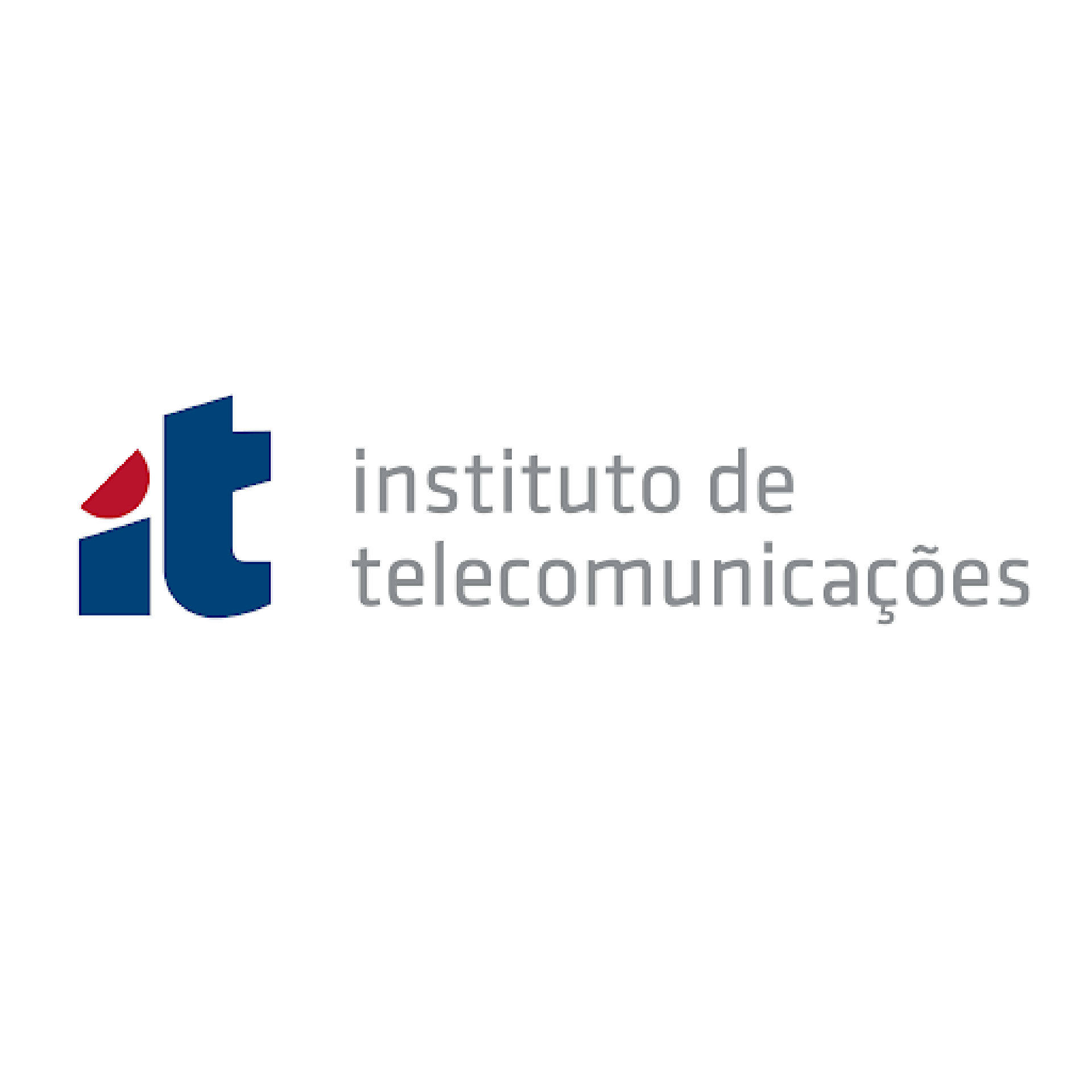
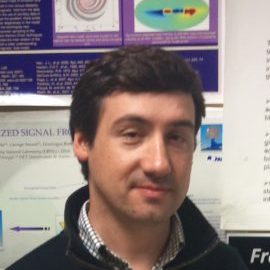
Short Bio
Luis Nero Alves (Member, IEEE) received the graduate and M.Sc. degrees in electronics and telecommunication engineering from the University of Aveiro in 1996 and 2000, respectively, and the Ph.D. degree in electrical engineering from the University of Aveiro in 2008. His Ph.D. thesis was on high bandwidth gain product amplifiers for optical wireless applications. He is currently with the Department of Electronics Telecommunications and Informatics from the University of Aveiro, where he lectures electronic related subjects to both graduate and undergraduate students. Since 2008, he has been the Lead Researcher with the Integrated Circuits Group from the Instituto de Telecomunicações–Aveiro.
He has authored/coauthored several conference and journal papers on the aforementioned topics. His current research interests are on:
1) design and performance analysis of visible light communications systems;
2) visible light communications systems applied to IoT scenarios;
3) IoT sensing devices, especially focused on SAW (surface acoustic wave) and memristive devices;
4) sensing and stimulation devices for implantable medical devices;
5) analogue integrated circuit design for sensing and instrumentation applications.
He has participated in the technical program committee of several international conferences on optical communications. He has served as a Reviewer for several international journals IEEE Photonics Technology Letters, Journal of Lightwave Technology, IEEE Transactions on Circuits and Systems— I: Regular Papers, IEEE Transactions on Circuits and Systems— II: Express Briefs, IEEE Transactions on Circuits and Systems for Video Technology, and Optics Communications (Elsevier). He has served as a member of the COST actions IC1401 (MemoCiS), IC1101 (OPTICWISE), and CA19111 (NEWFOCUS). He has participated/leaded several research projects at both national and international levels, such as, NeuralStimSpinal (H2020/FET), VisIoN (H2020/MSCA-ITN), LITES (EU/CIP-ICT-PSP) SGH (P2020/SI I&DT), RTMGear (FP7/CleanSky), and VLCLighting (IT/Internal).
Dr. Qiang Wu – Northumbria University
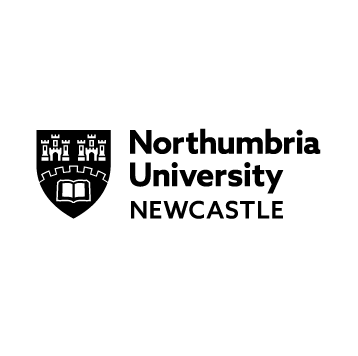
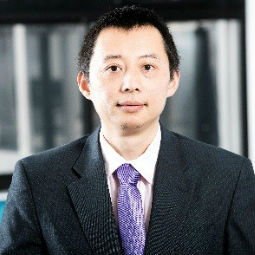
Short Bio
Dr. Qiang Wu is an Associate Professor at the Department of Mathematics, Physics & Electrical Engineering, Northumbria University at Newcastle. He is also an adjunct professor in Beijing University of Posts and Telecommunications. Before joining Northumbria University, he was a Stokes Lecturer with the Photonics Research Centre, Dublin Institute of Technology, Ireland.
He was a Senior Research Associate with the Optoelectronics Research Centre, City University of Hong Kong, from 2004 to 2006, where he was involved in research on polymer optical waveguides. He was a Research Associate with the Applied Optics and Photonics Group, Heriot-Watt University, from 2006 to 2008, where he was involved in research on laser joining in micromanufacturing. He is a committee member of Holography and Optical Information Processing committee, The Chinese Optical Society. He is an Editorial Board member of Scientific Reports (Nature Group, 2016 Impact Factor 4.259) and Associate Editor of IEEE Sensors Journal (2016 Impact Factor 2.512).
His current research interest lies in Photonics including the design and fabrication of fibre Bragg grating devices for sensing and optical communications; hetero-core fibre structures for novel fibre optical couplers and sensors; nonlinear effects in photonic crystal fibre, microsphere, nanofibres, visible light communication and its application for sensing, and surface plasmon resonant for highly integrated nanophotonics devices and their applications for biosensing. He has authored or co-authored more than 200 articles in academic journals and international conferences and holds three patents. He has been highlighted and interviewed by the journal Electronics Letters with the objective of understanding the background and rationale for his research on singlemode-multimode-singlemode fibre structures.
Dr. Marcos A. Diaz – Universidad de Chile
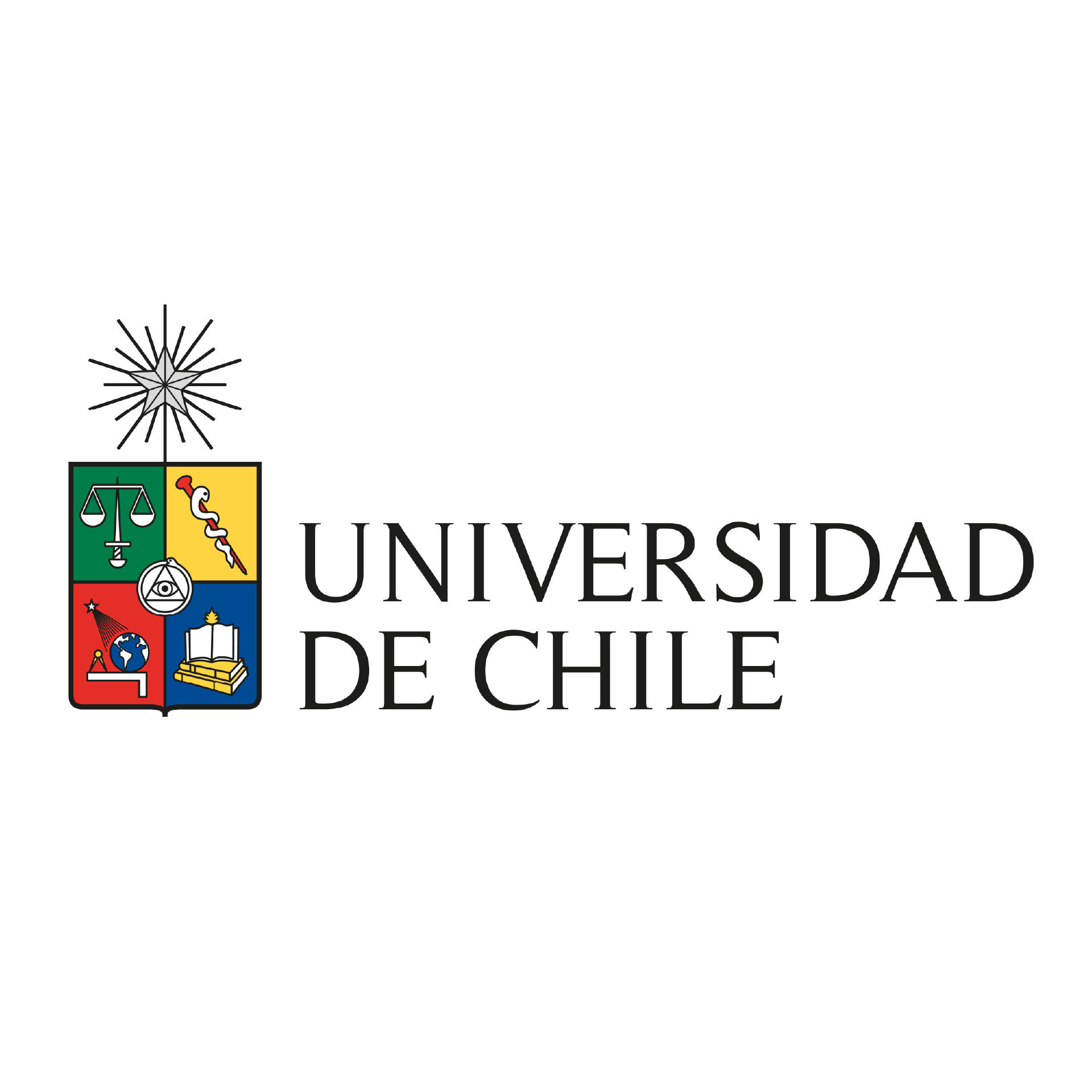
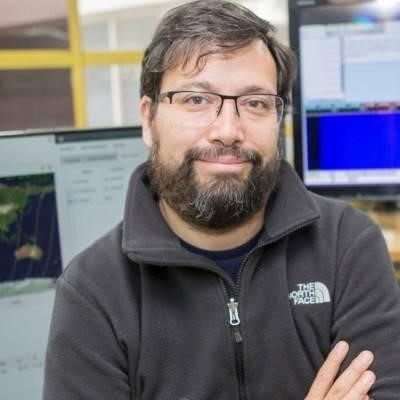
Professor Marcos Díaz, from the Department of Electrical Engineering at the Universidad de Santiago de Chile, leads the Space and Planetary Exploration Laboratory (SPEL), a pioneering team responsible for launching four nanosatellites into orbit: the 1U CubeSat SUCHAI-1, and the 3U CubeSats SUCHAI-2, SUCHAI-3, and PlantSat. These missions, part of the university’s growing space program, have positioned Chile as a regional leader in small satellite development. Under Díaz’s coordination, the team has successfully designed, integrated, and operated a satellite swarm capable of carrying out complex scientific and technological experiments in space. One year after launch, the latest satellites have each completed over 5,400 orbits and accomplished around 70% of their mission objectives, contributing data on Earth’s magnetic field, the survival of extremophiles in space, and in-orbit system performance.
Building on this success, Díaz and his team are actively working on three new space missions. These include a 2U returnable experiment to be hosted on the International Space Station (ISS) between 2025 and 2026, the development of SUCHAI-4—a 3U CubeSat scheduled for launch in 2026—and a second returnable mission to the ISS planned for 2027. These projects continue to reflect the laboratory’s commitment to low-cost, agile space systems with reprogrammable capabilities, allowing for rapid innovation and the integration of diverse scientific objectives. Through these efforts, Professor Díaz is not only expanding Chile’s presence in space but also fostering a national platform for cutting-edge research and international collaboration in aerospace science.
Short Bio
Marcos A. Diaz (Member, IEEE) received the degree in electrical engineering from the University of Chile, Santiago, Chile, in 2001, and the M.S. and Ph.D. degrees in electrical engineering from Boston University, USA, in 2004 and 2009, respectively. He is currently an Assistant Professor with the Electrical Engineering Department, University of Chile. His research interests include related to the study of ionospheric turbulent plasma, incoherent scatter radar techniques, low-frequency-radio-astronomy/space instrumentation, and nano-satellite technologies. He is responsible for the Space and Planetary Exploration Laboratory, the Multidisciplinary Laboratory, Faculty of Physical and Mathematical Sciences, University of Chile, where the nanosatellite-based space program at the university is being developed.
Invited Speakers
Dr. Muhammad Ijaz

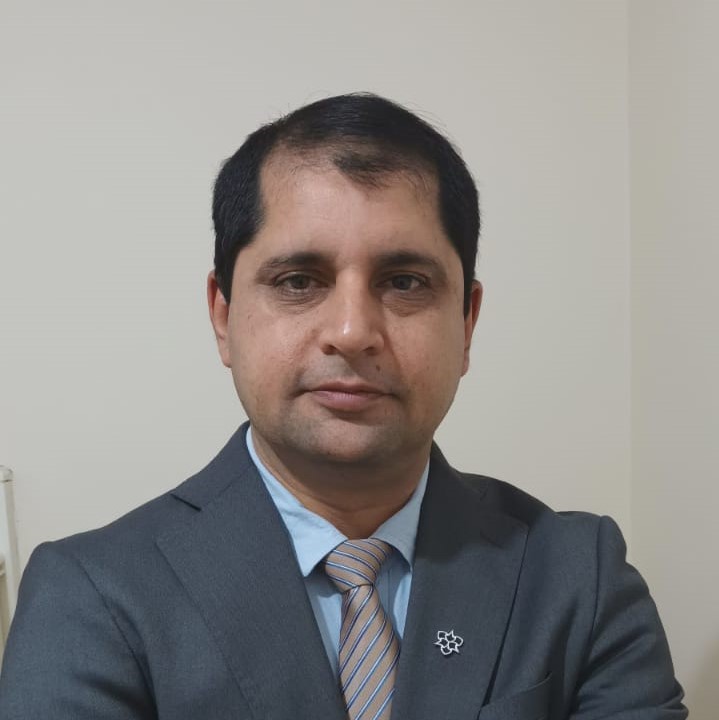
Using VLC for indoor positioning is one of the most promising uses for this technology and is generally referred to as visible light positioning (VLP). Recently, VLP is an active area in research for 6G technology and it has great promise for real-life applications. This is largely due to the wide range of potential applications accelerated by leveraging, industry 4.0, the internet of things (IoT) and the demand for a more customised experience in indoor spaces. Additionally, the wide adoption of smartphones and wearable devices by the public meant that VLP can be provided to any user for localisation and guiding purposes. However, with the advances in VLP for indoor applications such UAVs, there are still many challenges to practical implement it at different system levels. This talk will cover the recent research in 3D VLP systems, particularly its advances and challenges.
Short Bio
Dr Ijaz has received his M.Sc. in Optoelectronic and Communication Engineering from Northumbria University at Newcastle upon Tyne, UK in 2009. He has also been awarded Northumbria University studentship to pursue his Ph.D. He was awarded his PhD degree in 2013 at the same Northumbria University, UK for his research work in Free-Space Optical (FSO) Communications. He also worked as Research Fellow in Visible Light Communication/LiFi at University of Edinburgh, UK between 2013-15.
Dr Ijaz is currently working as Reader (Associate Prof.) and International Lead at Department of Engineering, Manchester Metropolitan University, UK. He is also head of Laser and Optics Communication (LOC) lab from 2017 at the department where he is leading applied research and has been working with a number of industries, technopreneurs, international collaborators and successfully leading knowledge transfer partnership projects funded by Innovate UK in the areas of optical wireless communications, embedded systems, IoT, cloud, communication networks 6G, digital signal processing and smart sensors design and secure more than £900K funding from 2020-2023. He has an exciting publication record (85 in total) with high quality journals mostly in Quartile 1, one book chapter, and high-quality conference papers, international collaboration, research presentations and awards.
Dr. Gustavo Siles Soria – Universidad Privada Boliviana (UPB)
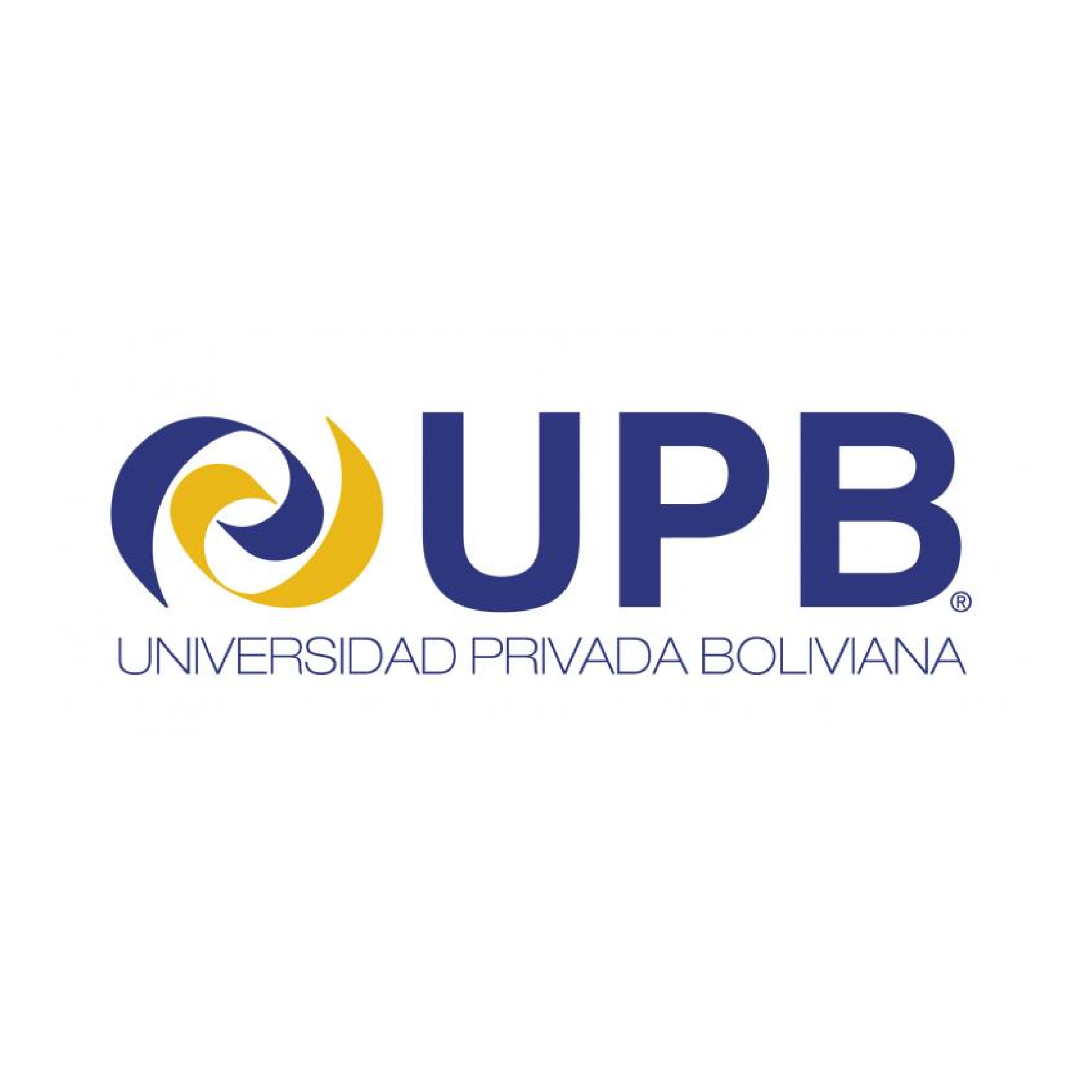
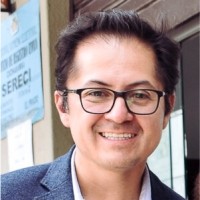
Short Bio
Gustavo A. Siles (Senior Member, IEEE) was born in Cochabamba, Bolivia, in 1979. He received the B.S. degree in electronic engineering from the Universidad Mayor de San Simón, Cochabamba, in 2002, the master’s degree in optoelectronic, microwaves, and telecommunication systems from the Université de Montpellier 2, Montpellier, France, in 2006, and the Ph.D. degree in telecommunications systems and technologies from the Universidad Politécnica de Madrid (UPM), Madrid, Spain, in 2012.,From 2009 to 2015, he was a Research Assistant with the Department of Signal, Systems, and Radiocommunications, UPM. From 2015 to 2017, he was a Ground Segment Engineer and a Projects Coordinator with the Bolivian Space Agency, La Paz, Bolivia. He is currently a Research Professor with Universidad Privada Boliviana, Cochabamba, where he is the Director of the Radiocommunications Laboratory. He was involved in satellite propagation experiments with UPM using Ka-band (HB6 and Ka-Sat) and Q-band (Alphasat) beacons, as well as in propagation research initiatives funded by the Spanish Government, such as the TeraSense project, and by the European Space Agency. He has authored and coauthored technical articles in international peer-reviewed journals and international conference proceedings. His current research interests include wireless communication systems, radiowave propagation, and radiometeorology.
Dr. Cesar Azurdia

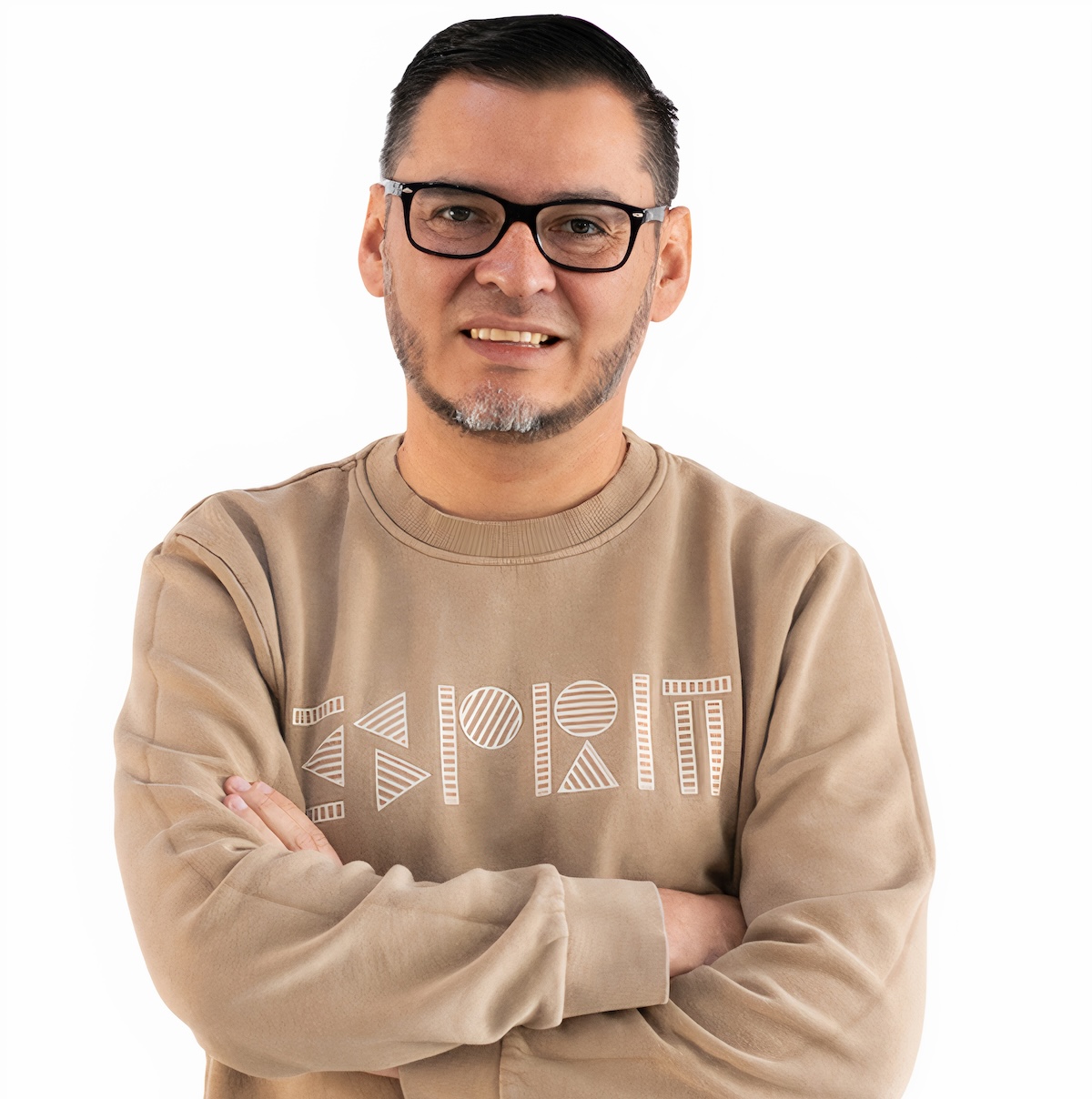
Short Bio
Cesar Azurdia Meza (Member, IEEE) received the B.Sc. degree in electronics engineering from the Universidad del Valle de Guatemala, Guatemala, in 2005, the M.Sc. degree in electrical engineering from Linnaeus University, Sweden, in 2009, and the Ph.D. degree in electronics and radio engineering from Kyung Hee University, Republic of Korea, in 2013. He joined the Department of Electrical Engineering, University of Chile, as an Assistant Professor, in August 2013. Since August 2021, he has been an Associate Professor with the University of Chile. His research interests include Nyquist’s ISI criterion, OFDM-based systems, VLC systems, vehicular communications, and 5G and beyond enabling technologies. He is an IEEE Communications Society Member and a member of the IEICE Communications Society. He was a co-recipient of the 2019 IEEE LATINCOM Best Paper Award and the 2016 IEEE CONESCAPAN Best Paper Award. He was a supervisor of the awarded Ph.D. Thesis with the 2022 Abertis Award for Research in Road Safety (Ex-Aequo) at the national and international level.
Dr. Miguel Gutiérrez
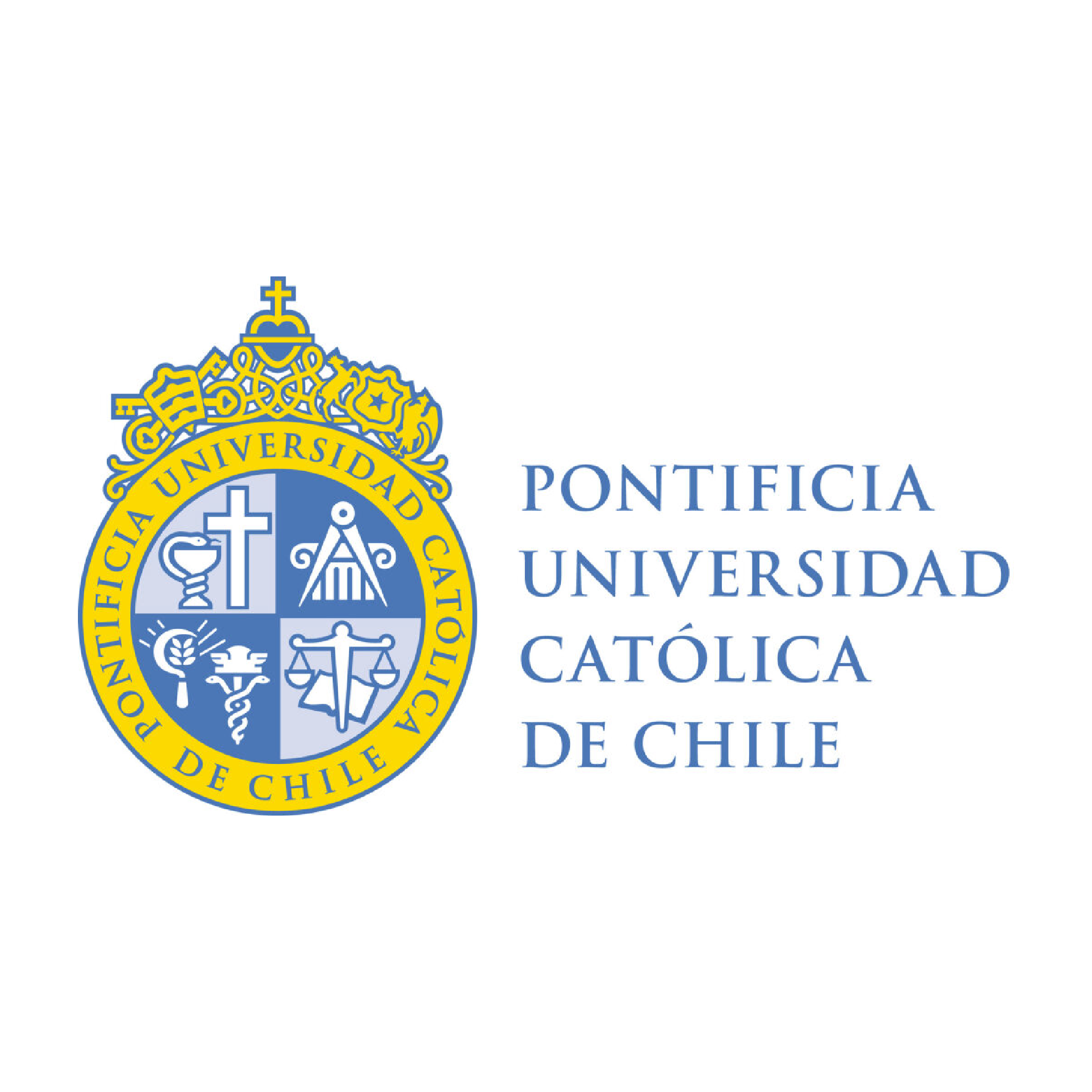
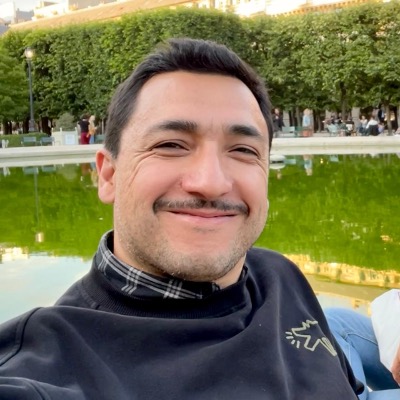
The Internet of Things and Ubiquitous Computing Research Lab (IoT-UC) is a new research group at the Pontificia Universidad Católica de Chile, focused on wireless communication and networking for IoT and cyber-physical systems. We investigate how commodity technologies like Wi-Fi, LoRa, and 5G can support advanced capabilities in sensing, localization, embedded intelligence, and real-time operation.
This talk presents current work led by the lab’s students and principal investigator, including overwater RF propagation, real-time communication, sensing, and direct-to-satellite IoT. We also explore emerging topics such as reconfigurable intelligent surfaces (RIS), TinyML, and AI-driven coordination, while addressing challenges related to robustness and system integration.
IoT-UC research is conducted in close collaboration with leading IoT groups in Portugal, Italy, and France, including CISTER and INESC TEC, the University of Cagliari, and INRIA in Paris and Lyon. This talk highlights how IoT-UC contributes to global research in wireless IoT, and invites others to engage with our growing network of collaborative projects and experimental platforms.
This talk will explore some of the most significant challenges faced by wireless communication technologies when implementing the Internet of Things (IoT) paradigm in water environments (e.g., coastal marine zones, lakes, and estuaries). It will provide an in-depth summary of recent findings related to overwater RF propagation for WiFi and LoRa technologies, with a particular emphasis on the detrimental effects of tides and intertidal zones on link quality. The presentation will cover both theoretical and experimental insights into channel modeling and characterization across various settings, showcasing results for emerging IoT use cases involving overwater sensor networks and wireless-networked autonomous vessels. Notably, the talk will share innovative methods designed to predict and mitigate signal degradation caused by water-related influences, while demonstrating potential improvements of up to 40 dB.
Short Bio
Miguel Gutiérrez Gaitán is an Assistant Professor at the Department of Electrical Engineering of the Pontificia Universidad Católica de Chile (PUC Chile), where he leads the IoT-UC Research Lab. He holds a Ph.D. in Electrical and Computer Engineering from the University of Porto, an M.Sc. in Telecommunications Engineering from Politecnico di Torino, and a B.Sc. in Electronics Engineering from the Pontificia Universidad Católica de Valparaíso. His research focuses on wireless networks, real-time communication, and the Internet of Things (IoT), with emphasis on channel modeling, sensing, and network design in vehicular, industrial, and maritime environments. He has co-authored over 60 peer-reviewed publications in venues such as IEEE Sensors Journal, ACM Transactions on Embedded Computing Systems, IEEE VTC, IEEE WF-IoT, and IEEE GLOBECOM. He has been a visiting researcher at INRIA Paris (2022) and INESC TEC, Portugal (2025). He has participated in over 10 research projects, including European projects and national grants from Chile, Portugal, and France. Miguel is a Senior Member of the IEEE, Chair of the IEEE ComSoc Chile Chapter, and currently serves on the IEEE ComSoc Latin America Board and the ComSoc Young Professionals Standing Committee. He is also an Associate Editor of IEEE Communications Letters.
Dr. David Zavala Blanco
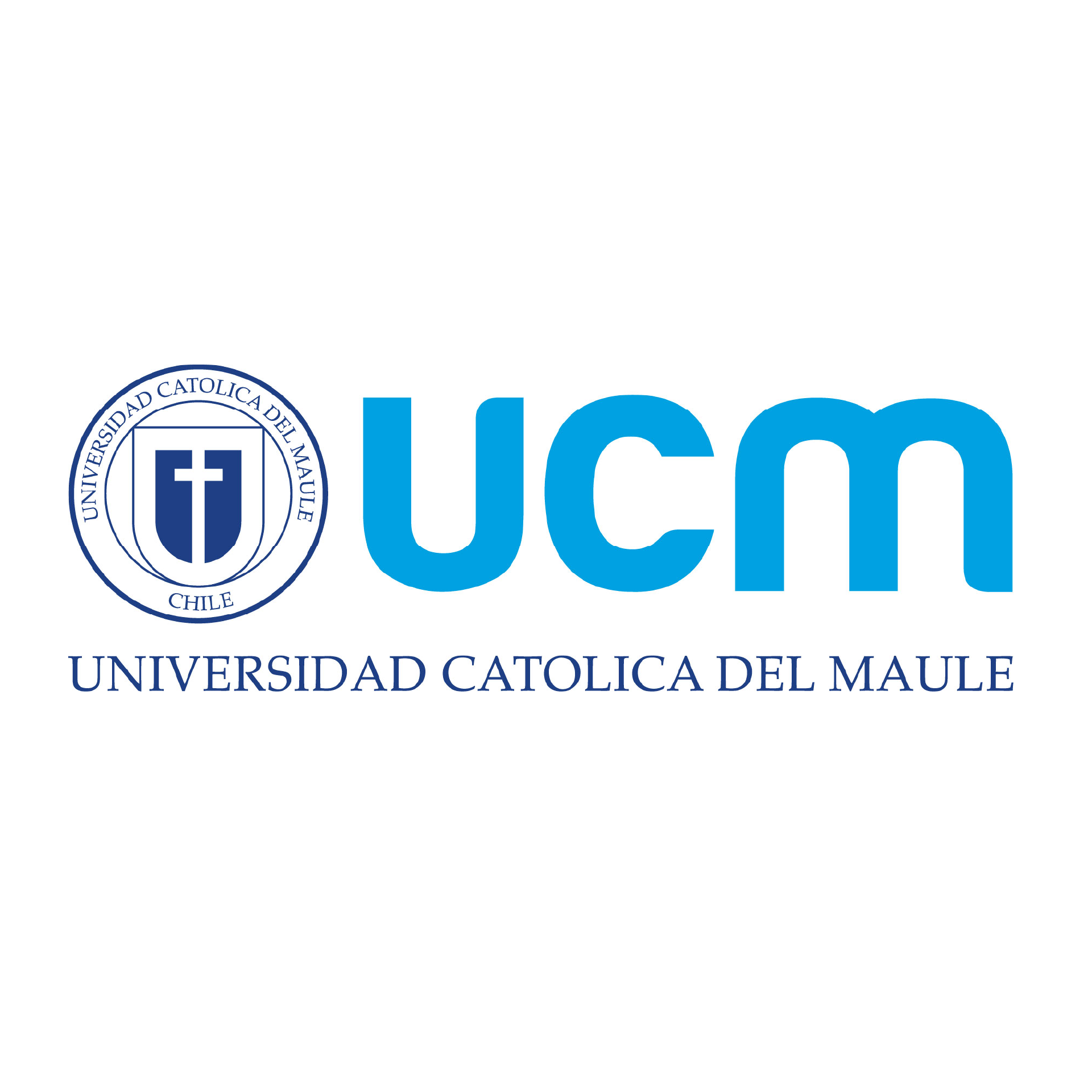

Short Bio
David Zabala-Blanco (Member, IEEE) received the B.Sc. degree in electronic systems engineering from the Escuela Militar de Ingeniera, La Paz, Bolivia, in 2011, and the M.Sc. and Ph.D. degrees in telecommunication engineering from the Tecnologico de Monterrey, Monterrey, Mexico, in 2014 and 2018, respectively. From 2019 to 2021, he was a Postdoctoral Researcher with the Universidad Catolica del Maule. He is an Assistant Professor with the Department of Computer Science, Faculty of Engineering Science, Universidad Catolica del Maule. His research interests include OFDM-based systems, optical communications, Nyquist-I pulses, and machine-learning approaches.
Invited Early Career Researchers Speakers
Pablo Palacios
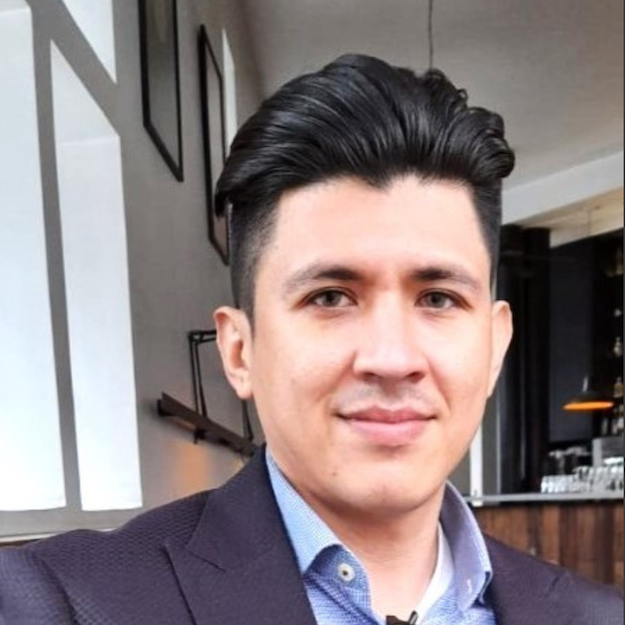
“A Novel and Adaptive Angle Diversity-Based Receiver for 6G Underground Mining VLC Systems” es el título de la investigación que lideró el profesor Pablo Palacios, de la Escuela de Informática y Telecomunicaciones de la Universidad Diego Portales, que recientemente fue seleccionado por la revista Entropy para convertirse en paper del año.
El estudio fue publicado en octubre de 2022 y, en él, un equipo liderado por el académico UDP propone una solución innovadora para sistemas de comunicación con luz visible (VLC, su sigla en inglés) en ambientes complejos, como lo son los túneles subterráneos de minería.
El sistema VLC puede ser considerado como una tecnología facilitadora para futuras aplicaciones soportadas por comunicaciones inalámbricas 6G, y es particularmente útil para entornos en que la comunicación se vuelve compleja. Los túneles mineros en cuestión, señala la investigación, “están sujetos a desafíos ambientales y propios de estos entornos, los cuales pueden generar degradación de este tipo de enlaces ópticos. Por esta razón, la investigación especializada debería enfocarse en soluciones para mitigar estos problemas y mejorar el desempeño de los sistemas de VLC en la Minería Subterránea (UM-VLC)”.
Short Bio
El equipo liderado por el profesor Palacios estuvo conformado por los investigadores Ismael Soto (USACH), César Azurdia-Meza (U. de Chile), David Zabala-Blanco (U. Católica del Maule), Ali Dehghan (U. Tecnológica Metropolitana) Iván Sánchez (U. de las Américas, Quito, Ecuador), Muhammad Ijaz (Manchester Metropolitan University, Reino Unido) y David Plets (Ghent University, Bélgica).
Entropy es una revista científica de acceso abierto de circulación mensual, publicada por el Multidisciplinary Digital Publishing Institute (MDPI). El reconocimiento a paper del año se anunciaría en 2024, y depende, entre otras cosas, de citas, descargas y lecturas al artículo.
Leonardo Apaza Pilco
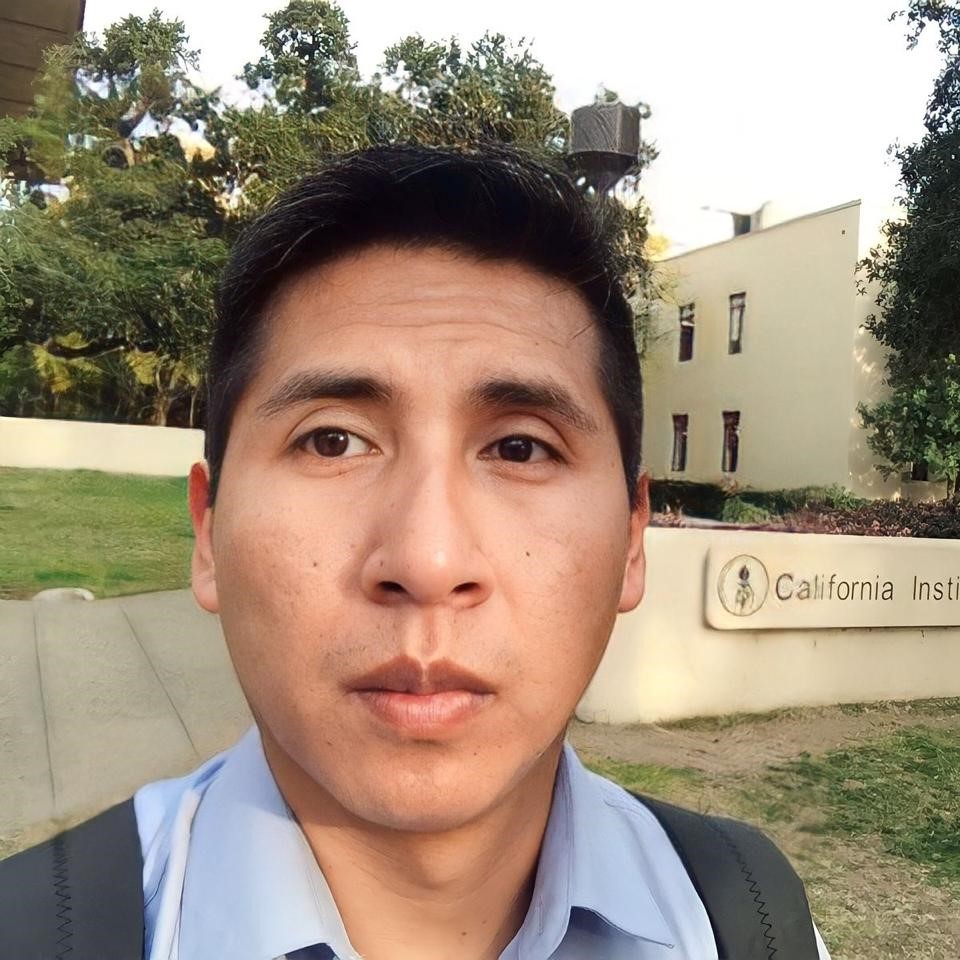
Solución analítica del problema de autovalores y autofunciones de ondas electromagnéticas en medios no anisotrópicos no lineales
Short Bio
Leonardo Apaza Pilco is a PhD candidate in Theoretical Physics at UMSA – UAM (Mexico) and currently heads the Physics Research Department at the Public University of El Alto (UPEA), Bolivia. He is an active member of the Institute of Electrical and Electronics Engineers (IEEE) and has conducted research in electromagnetic wave propagation, magnetism, and phenomena associated with materials with complex properties. His work also encompasses non-equilibrium statistical mechanics, mathematical physics, and the study of active matter, areas in which he has published several indexed scientific articles. He has presented papers at the March Meeting of the American Physical Society (APS), one of the most important physics conferences worldwide, contributing with research in dynamical systems and materials theory. With more than 60 citations in Google Scholar, his contributions strengthen scientific production in Bolivia and the Andean region.
Othman Younus
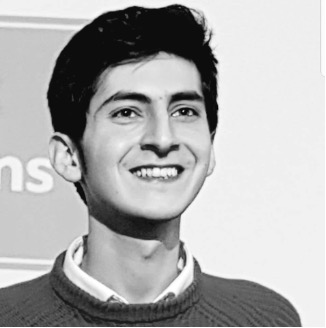
Short Bio
Othman Younus hold a PhD degree in electrical engineering from Northumbria University, U.K., in 2022. He also received an M.Sc. degree in microelectronics and communication engineering from Northumbria University, U.K., in 2019. He was a post-doctoral research fellow and academic associate at Northumbria University in the United Kingdom from 2022-2024. He specialises designing and building experimental optical wireless communication test beds and models, along with the thorough characterization of their components. His work spans various optical signal applications and environments, such as free space optics, optical camera-based positioning and communication. He has developed significant skills in digital and optical signal processing to address challenges like low bandwidths, blocking/shadowing, and atmospheric conditions in internet data transmission.
Dr Othman I. Younus has been distinguished as a global talent in the field of optical wireless communication by the Royal Academy of Engineering. His current work involves developing the UK's first inter-satellite laser communications between CubeSats, funded by the UK Space Agency and expected to be launched in 2025.
Vicente Matus (Online Keynote)
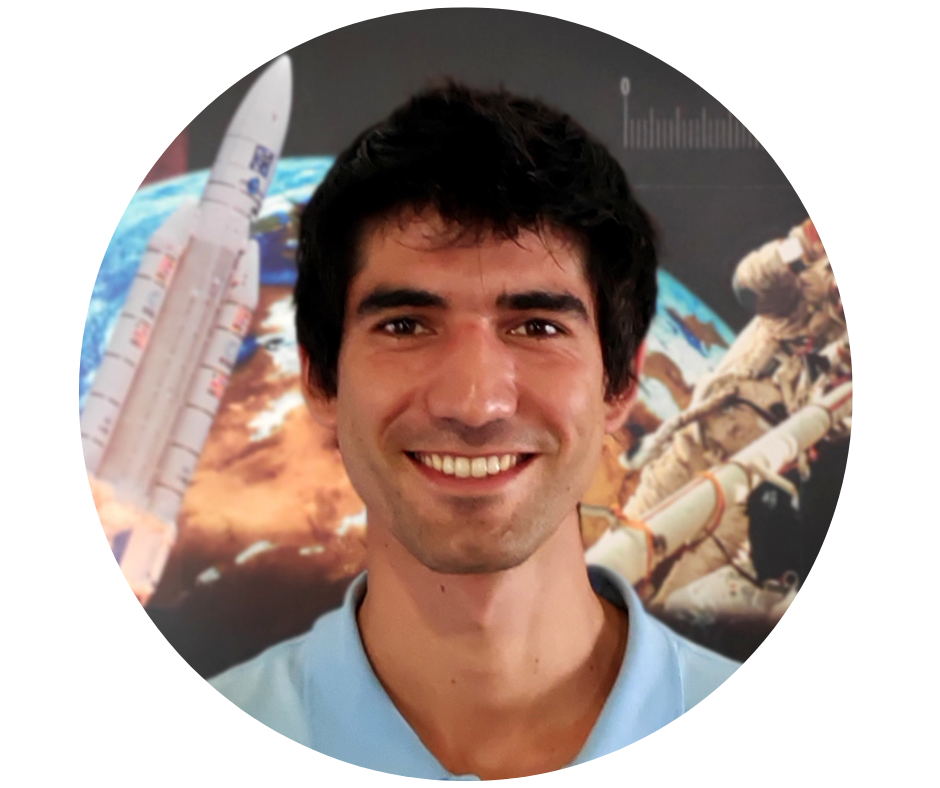
Short Bio
Vicente Matus received the bachelor’s degree in electrical engineering from the University of Chile, Santiago, Chile, in 2018, and the Ph.D. degree from the University of Las Palmas de Gran Canaria (ULPGC), Las Palmas de Gran Canaria, Spain, in 2021.,He was a Marie S. Curie Fellow with the VISION-ITN Project GA 764461. He is currently a Researcher with the Photonics Division of the Institute for Technological Development and Innovation in Communications, ULPGC, and a Visiting Researcher with the Instituto de Telecomunicações Aveiro, Aveiro, Portugal, funded by the Catalina Ruiz Grant from the ACIISI, Canary Islands. His research focuses on the experimental development and deployment of wireless optical communication systems, specifically those based on the use of cameras as receivers (optical camera communication) and their applications for wireless sensor networks.
Carlos Guerra Yánez
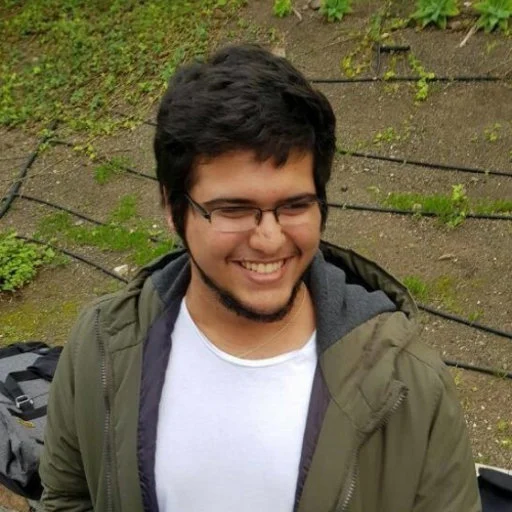
Short Bio
Zabih Ghassemlooy (Senior Member, IEEE) received the B.Sc. degree (Hons.) from Manchester Metropolitan University, Manchester, U.K., in 1981, and the M.Sc. and Ph.D. degrees from the University of Manchester, Manchester, in 1984 and 1987, respectively.,From 1987 to 1988, he was a Postdoctoral Research Fellow with City University, London, U.K. From 1988 to 2004, he was with Sheffield Hallam University, Sheffield, U.K., and in 2004, he joined Northumbria University, Newcastle upon Tyne, U.K., where he was the Head of Photonics Technology Laboratory and Optical Communications Research Group and is currently an Emeritus Professor. He was a Research Fellow from 2016 to 2022 and the Distinguished Professor from 2015 to 2022 with the Chinese Academy of Science, Quanzhou, China. He has supervised 76 Ph.D.s, 12 Research Fellows, and with over 1000 publications (430 journals and 8 books). His research interest includes optical wireless communications, free space optics, visible light communications, and hybrid RF-OWC.,Dr. Ghassemlooy was the Vice Chair of EU Cost Actions IC1101 from 2011 to 2016 and CA19111 from 2020 to 2024. He was a IEEE Distinguished Lecturer from 2024 to 2025. He was Chief Editor of British Journal of Applied Science and Technology and International Journal of Optics and Applications, and an Associate Editor of a number of other journals (IEEE, IET). He has been the Vice Chair of OSA Technical Group (Optics in Digital Systems) since 2018. He is a Fellow of OPTICA and IET. He is a Chartered Engineer.
Carlos Iván del Valle Morales (Online Keynote)
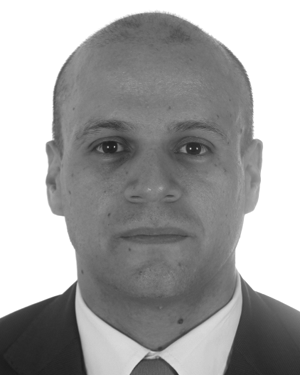
Short Bio
Carlos Iván del Valle Morales received the M.S. degree in telecommunication engineering from the Technical University of Madrid, Madrid, Spain, in 2018. He is currently working toward the Ph.D. degree in electric, electronic, and automatic engineering with the University Carlos III of Madrid, Leganés, Spain.,He has been a Visiting Researcher with Photonics Technology Lab, Faculty of Engineering and Environment, Northumbria University, Newcastle upon Tyne, U.K. Since 2019, as an Electrical Engineer, he has been with the Consultora de Telecomunicaciones Optiva Media SLU (an EPAM company), where he has carried out several research projects. His research interests include the development of transceivers for visible light communication and light-fidelity, energy harvesting systems, free-space optics communication, optical camera communication, electro-optical devices, and RF hardware design.
Open discussion on OWC-VLC
Prof. Fary Ghassemlooy
Short Bio
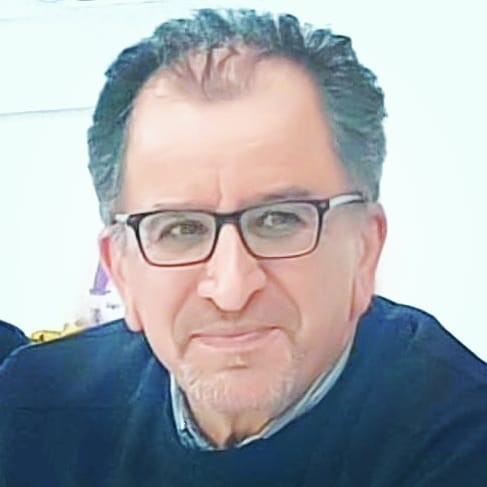 Zabih Ghassemlooy (Senior Member, IEEE) received the B.Sc. degree (Hons.) from Manchester Metropolitan University, Manchester, U.K., in 1981, and the M.Sc. and Ph.D. degrees from the University of Manchester, Manchester, in 1984 and 1987, respectively.,From 1987 to 1988, he was a Postdoctoral Research Fellow with City University, London, U.K. From 1988 to 2004, he was with Sheffield Hallam University, Sheffield, U.K., and in 2004, he joined Northumbria University, Newcastle upon Tyne, U.K., where he was the Head of Photonics Technology Laboratory and Optical Communications Research Group and is currently an Emeritus Professor. He was a Research Fellow from 2016 to 2022 and the Distinguished Professor from 2015 to 2022 with the Chinese Academy of Science, Quanzhou, China. He has supervised 76 Ph.D.s, 12 Research Fellows, and with over 1000 publications (430 journals and 8 books). His research interest includes optical wireless communications, free space optics, visible light communications, and hybrid RF-OWC.,Dr. Ghassemlooy was the Vice Chair of EU Cost Actions IC1101 from 2011 to 2016 and CA19111 from 2020 to 2024. He was a IEEE Distinguished Lecturer from 2024 to 2025. He was Chief Editor of British Journal of Applied Science and Technology and International Journal of Optics and Applications, and an Associate Editor of a number of other journals (IEEE, IET). He has been the Vice Chair of OSA Technical Group (Optics in Digital Systems) since 2018. He is a Fellow of OPTICA and IET. He is a Chartered Engineer.
Zabih Ghassemlooy (Senior Member, IEEE) received the B.Sc. degree (Hons.) from Manchester Metropolitan University, Manchester, U.K., in 1981, and the M.Sc. and Ph.D. degrees from the University of Manchester, Manchester, in 1984 and 1987, respectively.,From 1987 to 1988, he was a Postdoctoral Research Fellow with City University, London, U.K. From 1988 to 2004, he was with Sheffield Hallam University, Sheffield, U.K., and in 2004, he joined Northumbria University, Newcastle upon Tyne, U.K., where he was the Head of Photonics Technology Laboratory and Optical Communications Research Group and is currently an Emeritus Professor. He was a Research Fellow from 2016 to 2022 and the Distinguished Professor from 2015 to 2022 with the Chinese Academy of Science, Quanzhou, China. He has supervised 76 Ph.D.s, 12 Research Fellows, and with over 1000 publications (430 journals and 8 books). His research interest includes optical wireless communications, free space optics, visible light communications, and hybrid RF-OWC.,Dr. Ghassemlooy was the Vice Chair of EU Cost Actions IC1101 from 2011 to 2016 and CA19111 from 2020 to 2024. He was a IEEE Distinguished Lecturer from 2024 to 2025. He was Chief Editor of British Journal of Applied Science and Technology and International Journal of Optics and Applications, and an Associate Editor of a number of other journals (IEEE, IET). He has been the Vice Chair of OSA Technical Group (Optics in Digital Systems) since 2018. He is a Fellow of OPTICA and IET. He is a Chartered Engineer.Hybrid Optical Wireless Communication Systems
Short Bio
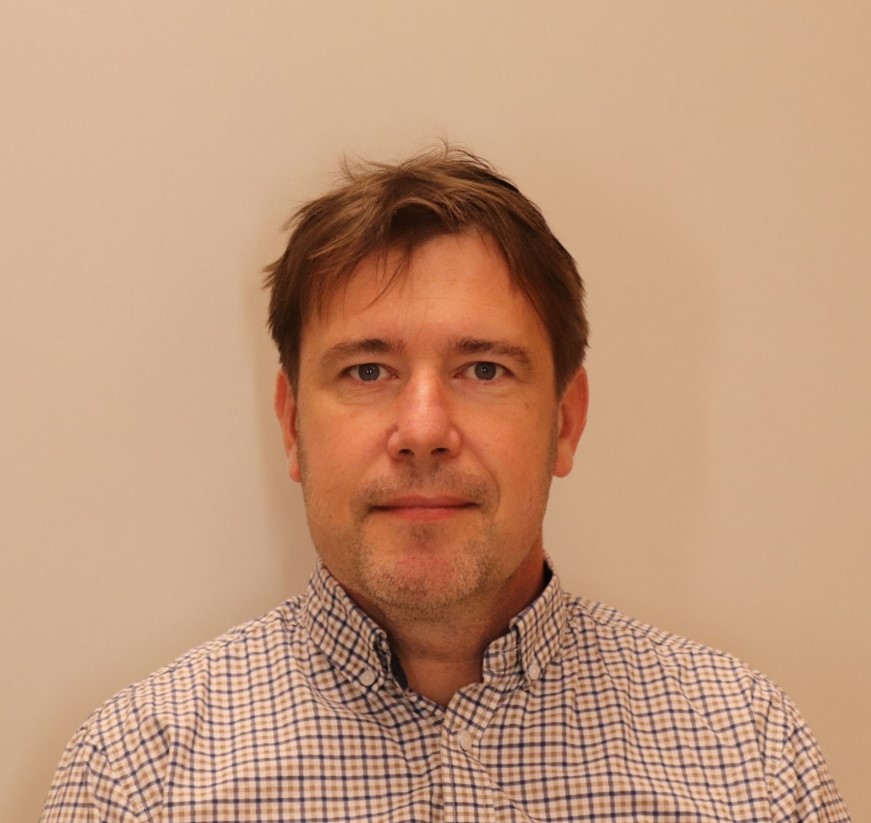 Prof. Stanislav Zvanovec received his M.Sc. and Ph.D. degrees from Czech Technical University (CTU) in Prague, Prague, Czech Republic, in 2002 and 2006, respectively. He is currently a Full Professor and the Deputy Head of the Department of Electromagnetic Field and leader of the Wireless and Fiber Optics team, CTU (http://optics.elmag.org/). He is the author of 2 books (including Visible Light Communications: Theory and Applications) and more than 350 journal articles and conference papers. He is the main leader of several national and international projects (project coordinator of new HORIZON-MSCA-DN Project «OWIN6G» Optical and Wireless Sensors Networks for 6G Scenarios) and WP3 chair of COST CA19111 project European Network on Future Generation Optical Wireless Communication Technologies (NEWFOCUS). His current research interests include free-space optics (FSO), visible light communications (VLC), optical camera-based communications (OCC) and fiber optical systems including RF over optics (RoF and RoFSO).
Prof. Stanislav Zvanovec received his M.Sc. and Ph.D. degrees from Czech Technical University (CTU) in Prague, Prague, Czech Republic, in 2002 and 2006, respectively. He is currently a Full Professor and the Deputy Head of the Department of Electromagnetic Field and leader of the Wireless and Fiber Optics team, CTU (http://optics.elmag.org/). He is the author of 2 books (including Visible Light Communications: Theory and Applications) and more than 350 journal articles and conference papers. He is the main leader of several national and international projects (project coordinator of new HORIZON-MSCA-DN Project «OWIN6G» Optical and Wireless Sensors Networks for 6G Scenarios) and WP3 chair of COST CA19111 project European Network on Future Generation Optical Wireless Communication Technologies (NEWFOCUS). His current research interests include free-space optics (FSO), visible light communications (VLC), optical camera-based communications (OCC) and fiber optical systems including RF over optics (RoF and RoFSO).
